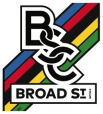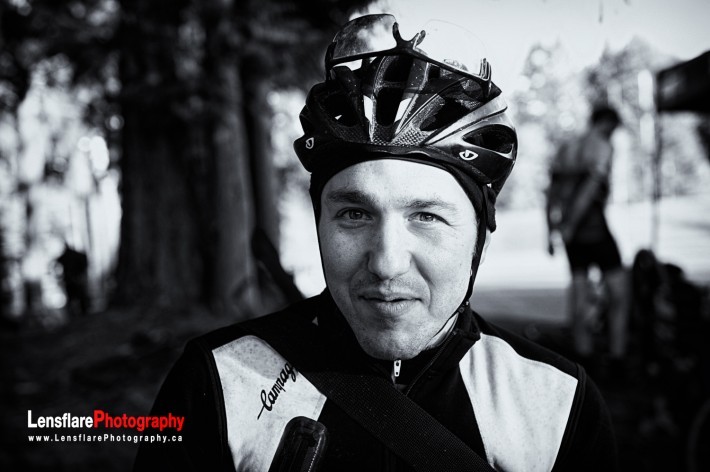
BSC sponsored rider Steven Grandy is a talented road racing veteran, and while he’s got a lock on nutrition, training, and strategy, this is his first serious season of racing cyclocross here on Vancouver Island. We caught up with Grandy to talk making that transition from asphalt to mud, sand, dirt, and grass. Be sure to check out Steven’s Tumblr for more content: videos, pics, write-ups, all that stuff.
Words by Steven Grandy (Insta: @stevengrandy; Twitter: @stevengrandy)
I’ve been thinking, lately, about how my road season has tied into my cyclocross season. As we approach the final races of the fall I can only say that it indirectly contributed. First off, cross has a specific duration and intensity. If I could have done anything differently, I would have done a few more 5-20 minute intervals leading into the season. Most importantly, I would have further tuned my handling by doing more cross rides. On the Island, the cross races are highly technical and favor riders with a mountain bike background, who claim that the cross races aren’t overly technical but that’s my point entirely.
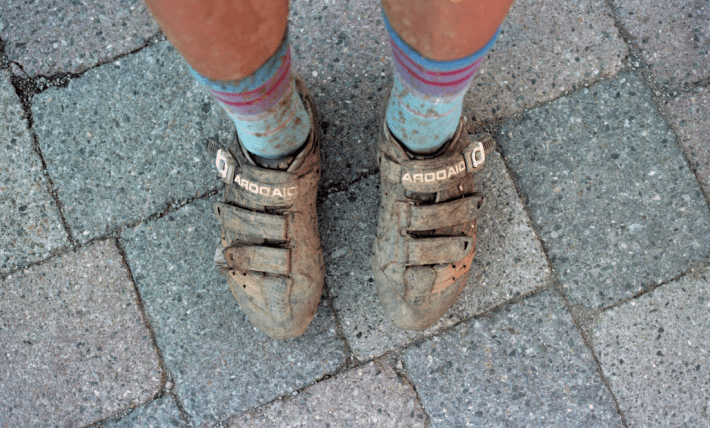
In terms of training, in the weeks leading up to the season I did a few 150-160km rides back to back. Mostly for their own sake, but also because a solid base permits future intensity, and supposedly with a strong base fitness does not drop as much if you are sick or injured. My personal observation (thanks to some bad early season luck) is that 2-3 weeks off the bike due to sickness or injury is fatal to a cross season (regardless of base).
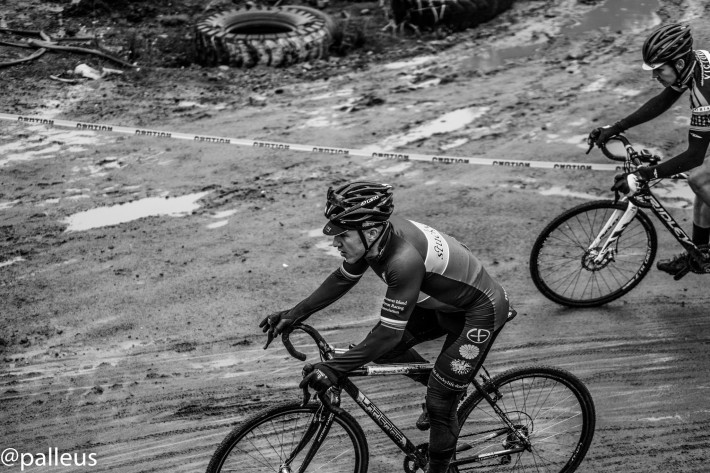
So in short, I don’t feel that a road season directly contributes significantly to future performance during cross. Indirectly, I think it helps as body composition and technique remains in check, and of course involvement in the cycling community means shared excitement about a shake up of the season, training, and the kind of riding you’re doing. Of course, there’s that brief window of time where getting new brakes and new gear implies that the coming season will be a success, but this is simply because the imagination has not met the constraints of performance.
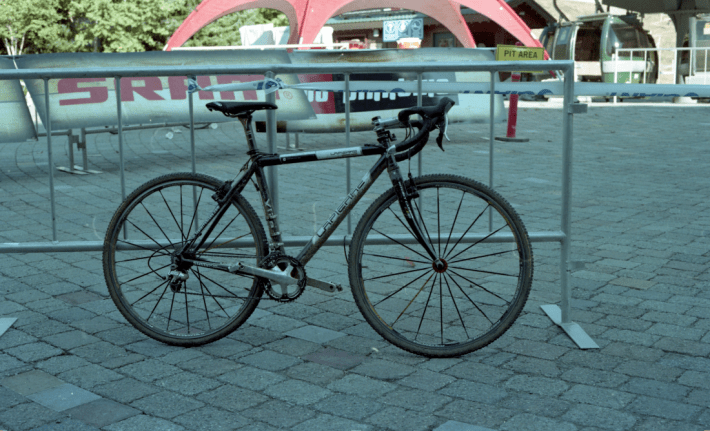
Equipment Considerations
I want to include this because I still consider myself a beginner. My first few races I used clincher tires at 60psi. My aim was to not pinch flat, but this is a common rookie mistake. Such a high psi resulted in a number of crashes on grass and on undulating terrain because 60 psi does not absorb shock well. Since switching to tubulars, I run 20-25psi depending on the course, and they seem to handle better close to 20. I switched from TRP Cantis to TRP Mini-Vs, and now realize that it’s possible to bleed speed going into corners (re: the Mini-Vs work really well). Also, in terms of brakes, it’s important to learn how to get the bike operational after a crash. If the handlebars are knocked out of alignment or the hoods are displaced, then braking and shifting are potentially affected. So In my mind, it’s best to inspect the bike from the front before attending to the fine tuning of the brakes. I had a strategy for remembering which direction to turn my barrel adjusters in a race but still forget under pressure.
